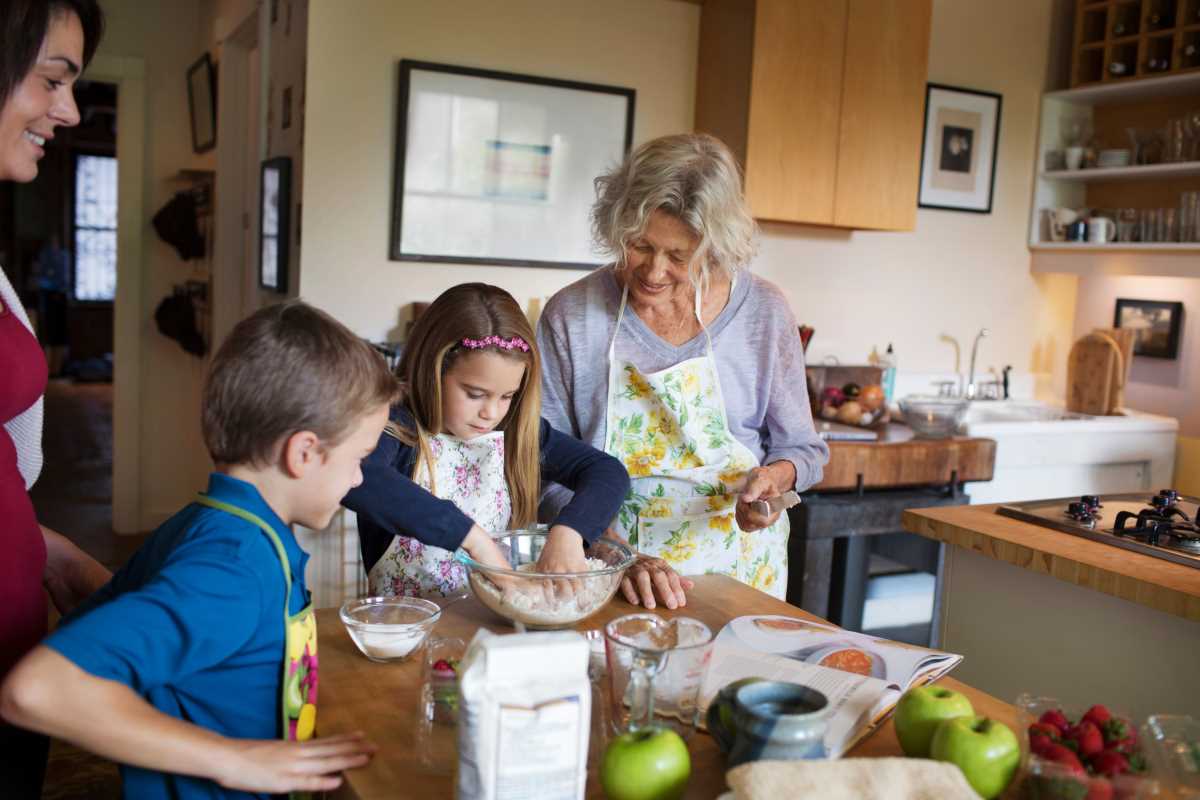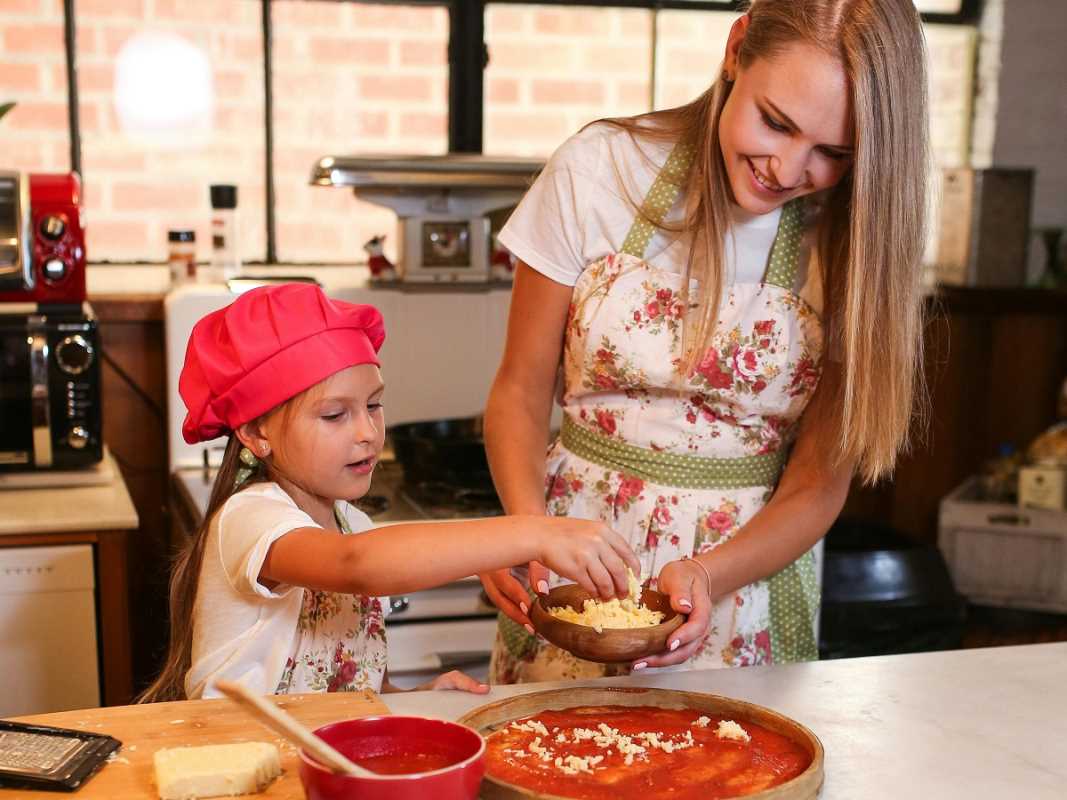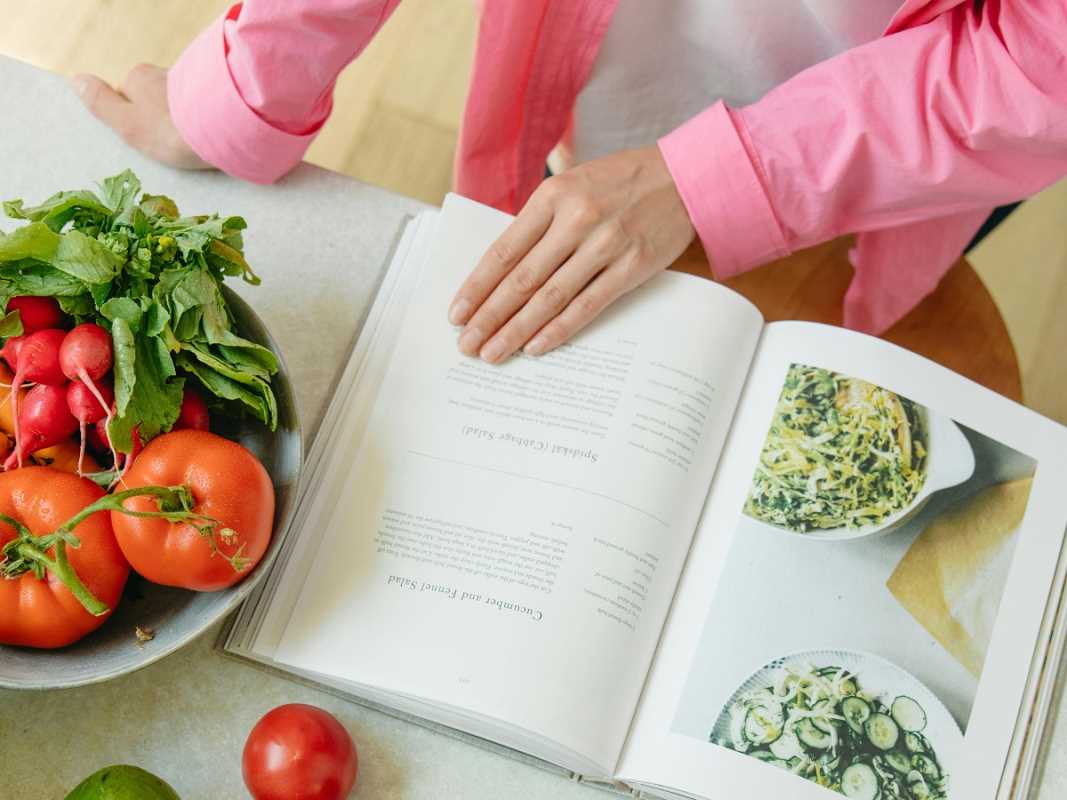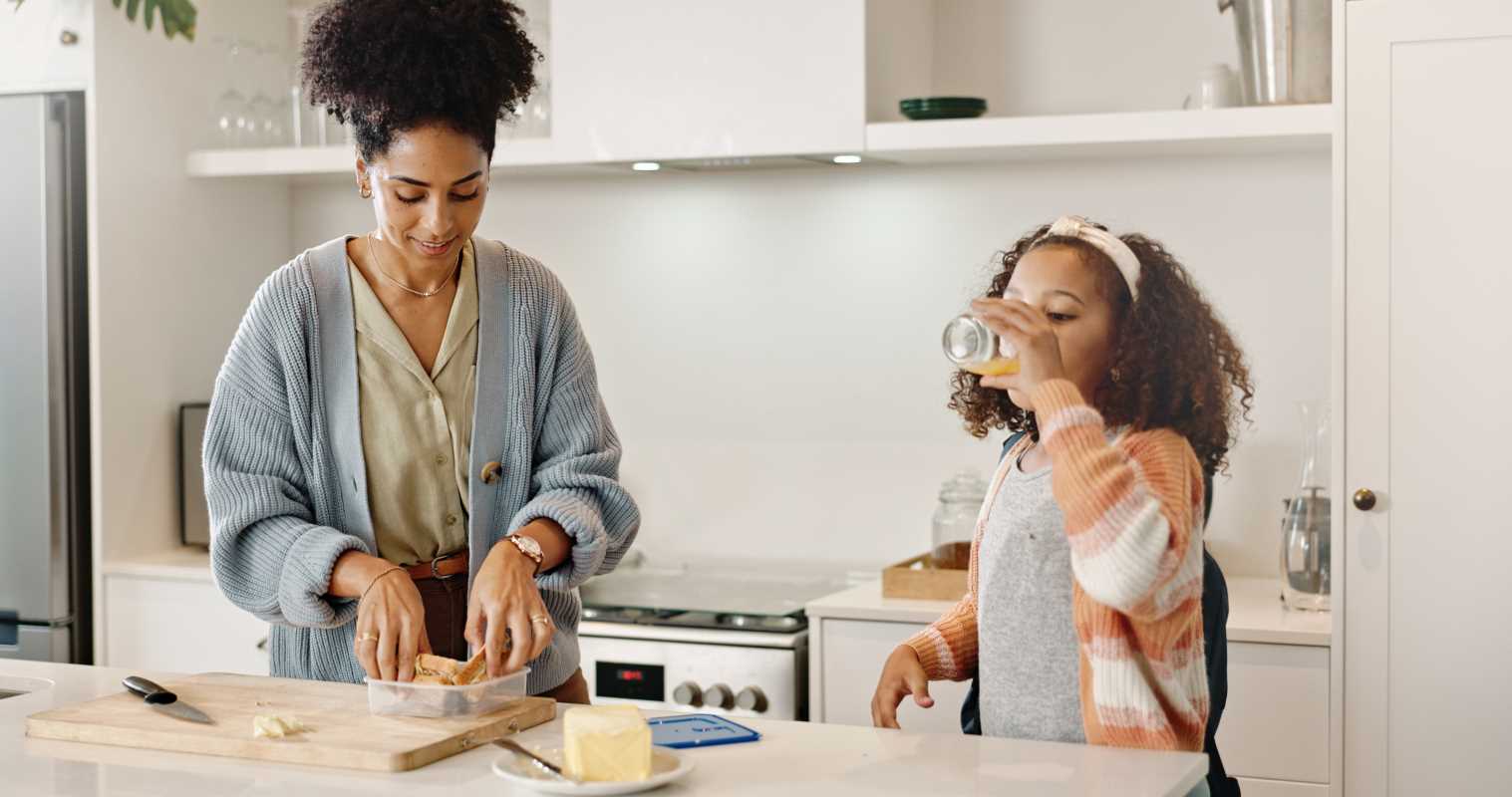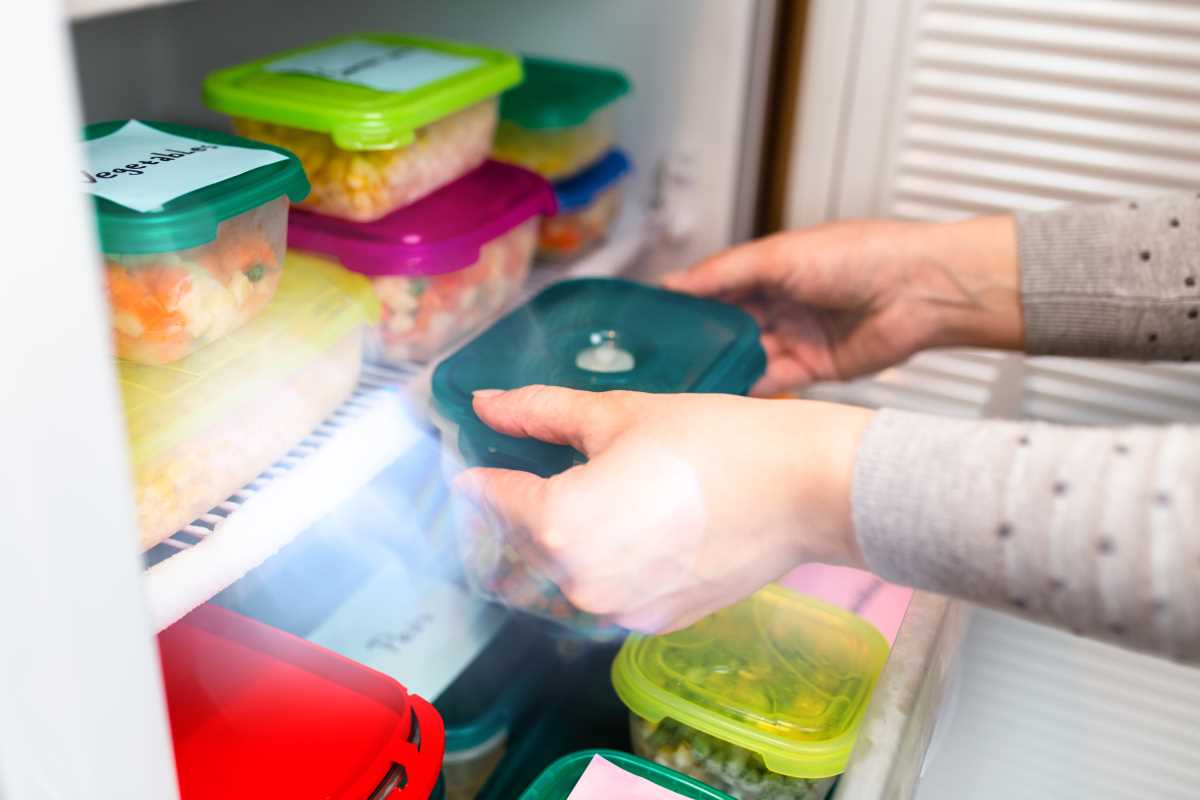Children gain valuable skills when they learn how to use a sharp peeler or stir a simmering pot, making time in the kitchen an exciting opportunity for growth. Guided participation encourages questions and helps children feel more capable with each task they try. Working side by side with an adult, they find joy in completing simple steps and see how their efforts lead to delicious results. This introduction explores how combining hands-on activity with straightforward instructions creates cooking experiences that children remember and enjoy, turning ordinary kitchen routines into engaging lessons filled with discovery.
Creating an Environment for Hands-On Learning
Picture a simple morning routine where pouring milk becomes a lesson in balance. A stool next to the counter places little feet within reach. Parents exchange instructions with playful challenges, like timing how long it takes to stir without splashing. Turning tasks into friendly contests helps young chefs learn safety rules without feeling lectured.
Including kitchen safety in casual conversations normalizes caution. Mention how wiping spills immediately keeps the surface safe. Invite kids to find potential hazards in photos or storybooks. When they spot a hot burner or a dripping knife edge, they develop a deeper awareness that lasts well beyond a single recipe.
Fun Moments That Promote Safe Habits
Use short, numbered prompts that guide each step and celebrate progress:
- Identify heat sources: Ask the child to name every hot surface they see. Praise each correct answer immediately to reinforce focus.
- Arrange tools by size: Guide sorting spoons from largest to smallest while discussing why larger handles stay cooler to the touch.
- Time an ingredient: Set a timer for stirring sauce for thirty seconds, and cheer when they reach the mark without losing grip.
- Spot the spill: Have them walk around a small spill and step on a paper towel to dry it up, explaining how dry floors matter.
- Check your grip: Offer two spatulas and ask which one feels easier to hold. Explain that a solid grasp prevents slips and sudden drops.
Practical Steps to Develop Real-Life Skills
1. Knife Handling
Goal: Sharpen coordination and prevent cuts
- Steps:
- Select a small, child-friendly blade with a protective sheath.
- Show how to curl fingers inward and cut away from the body.
- Supervise each slice and encourage slow, deliberate movements.
- Availability: Child-safe knives cost around $10–$15 online or in kitchen stores.
- Insider Tip: Wipe the blade between cuts to maintain a clean edge and prevent snags.
2. Stirring in a Bowl
Goal: Teach steady wrist motion and even mixing
- Steps:
- Anchor the bowl with one hand and hold the spoon with the other.
- Demonstrate slow, circular strokes.
- Increase speed only after consistent circles are achieved.
- Cost: Negligible—just a sturdy bowl and spoon.
- Insider Tip: Place a damp cloth under the bowl to prevent slipping.
3. Pouring Liquids
Goal: Develop eye–hand coordination and volume estimation
- Steps:
- Use a clear measuring cup.
- Mark fill levels with tape on the outside.
- Hold the handle with one hand and steady the cup at the spout with the other.
- Pour over a sink or bowl.
- Cost: Under $5 for a plastic cup.
- Insider Tip: Tilt the receiving container to reduce splashing and better see the pour.
4. Turning On Burners
Goal: Teach respect for heat control
- Steps:
- Explain dial positions and what each does.
- Start on low and observe the flame.
- Adjust slowly, watching the pot’s stability.
- Measurement: Low flame ≈ 1 inch; medium ≈ 2 inches.
- Insider Tip: Teach kids to tap the knob gently to turn it off—no forceful twists.
5. Removing Hot Items
Goal: Protect skin from burns
- Steps:
- Wear oven mitts that extend past the wrist.
- Hover your hand to test heat before grabbing.
- Use both hands to lift trays or pans steadily.
- Set items down on a heatproof surface.
- Cost: About $8 for a basic pair of mitts.
- Insider Tip: Always pull the oven rack out halfway first—don’t push it back with the hot pan.
6. Cleaning Up Spills
Goal: Prevent slips and cross-contamination
- Steps:
- Keep a roll of disposable towels nearby.
- Spot a spill and immediately cover it with a towel.
- Press and lift to soak without spreading.
- Toss used towels into a covered bin.
- Availability: Paper towels are inexpensive and easy to restock.
- Insider Tip: Use a brightly colored cloth for wet messes to avoid confusion with dish towels.
Dealing with Common Kitchen Problems
Every child will face a slippery cutting surface or an impatient urge to rush. Teaching resilience alongside techniques helps keep frustration at bay. Encourage kids to verbalize what’s hard, then break that problem into smaller tasks. For example, if scooping peas feels awkward, adjust spoon size and weight rather than abandoning the step entirely.
Creating a “challenge card” system helps. Write tasks like “level eggs gently into the bowl” on index cards. Once they complete this three times safely, swap it for a new challenge. This small reward loop turns frustration into focused pride without adding pressure or unrealistic goals.
Tools and Tactics That Make Safety Stick
- Non-slip mats: place these under cutting boards to prevent shifting while chopping. Their rubber backing costs about $7 each and they come in bright colors. Insider tip: trim them to size so they only cover the board and stay hidden under larger items.
- Heat-resistant wrist guards: designed for bakers, they slide on like sleeves and protect lower arms from splashes. Available for roughly $12, they allow children to pull items in and out of the oven without mitts falling off. Insider tip: choose guards with silicone grips to hold trays securely.
- Color-coded prep bowls: a set of four plastic bowls in distinct hues costs under $15. Assign each color to a food group or task so ingredients never touch unexpectedly. Insider tip: store them nested but facing outward so kids see the colors first and follow the code.
- Adjustable stools: these swivel and lock at different heights and range from $20 to $30. A locking mechanism ensures the child won’t tip backward. Insider tip: attach rubber feet under the stool’s legs to prevent any sliding on tiled floors.
- Child-friendly timers: a chunky, sandglass-style timer or digital model with large digits helps mark cooking intervals. Under $10, they teach pacing and build trust in timing. Insider tip: tape a simple sticker on top so kids know at a glance if their timer is set.
These methods make learning practical skills enjoyable. Hands-on practice with supervision transforms recipes into valuable lessons and encourages careful cooking habits.
